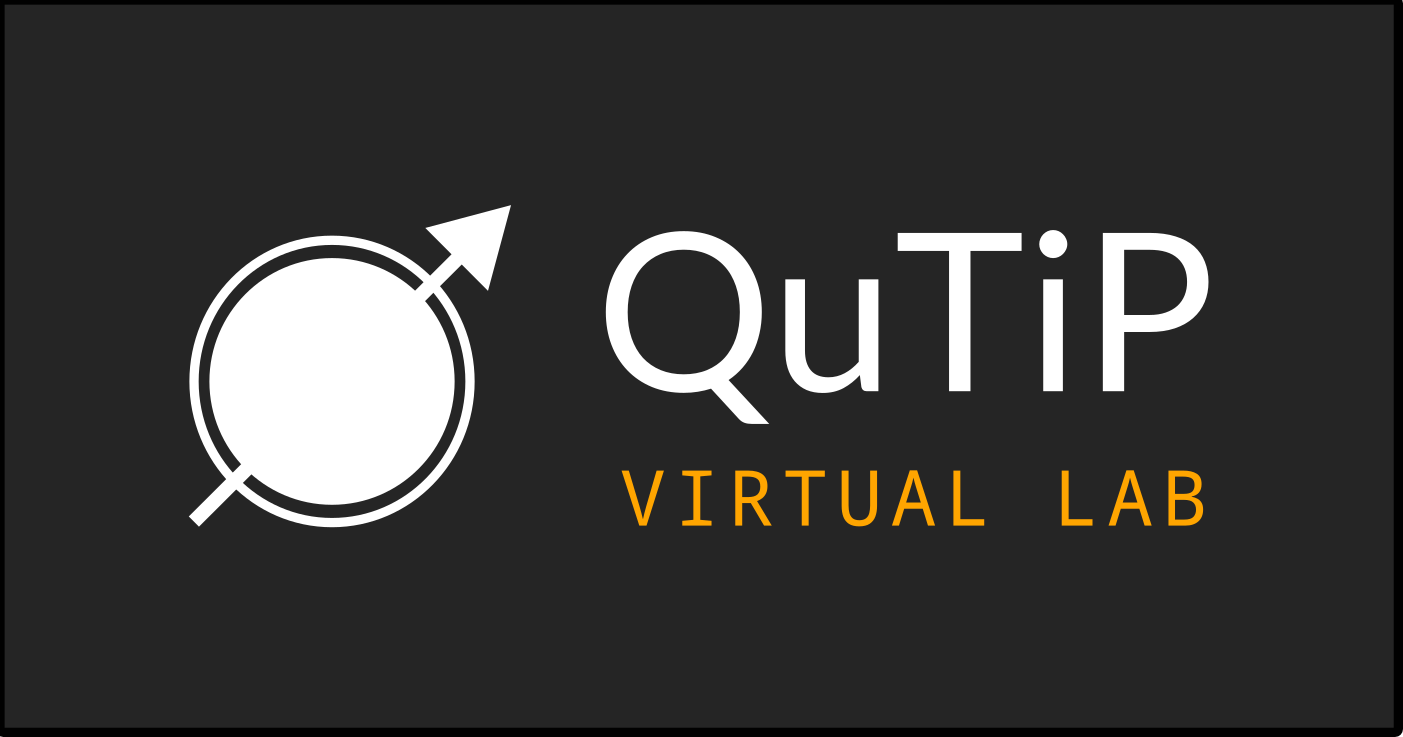For Educators
QuTiP is a user-friendly Python library for learning and teaching quantum mechanics through simulations. It’s ideal for exploring topics like quantum dynamics, quantum information and quantum computing. Its visualization tools help students see how quantum systems evolve over time and understand the effects such as entanglement or decoherence. Being open-source and part of the broader Python ecosystem, it integrates well with tools like NumPy and Matplotlib. Educators around the world use QuTiP to create interactive examples, while students gain hands-on experience with real quantum physical models.
QuTiP in the Classroom
QuTiP is used by educators around the world, teaching the scientists of tomorrow.
QuTiP Virtual Lab
QuTiP Right From the Browser
A simple visual tool that allows tuning and coupling of Qubits. Time evolutions and expectation values are automatically calculated and are ready for presentation.
Complex Systems Easily Explained
Even though quantum systems can get complicated on paper, QuTiP Virtual Lab presents a simple picture that reminds of an experimental setup.

Hand-Crafted Lectures using QuTiP
These lecture-style notebooks focus on particular quantum mechanics topics and their numerical analysis using QuTiP.
-
Lecture 0 - Introduction to QuTiP
›
-
Lecture 1 - Vacuum Rabi oscillations in the Jaynes-Cummings model
›
-
Lecture 2A - Simulation of a two-qubit gate using a resonator coupling
›
-
Lecture 2B - Single-Atom-Lasing
›
-
Lecture 3A - The Dicke model
›
-
Lecture 3B - Jaynes-Cummings-like model in the ultrastrong coupling regime
›
-
Lecture 4 - Correlation functions
›
-
Lecture 5 - Evolution and quantum statistics of a quantum parameter amplifier
›
-
Lecture 6 - Quantum Monte-Carlo Trajectories
›
-
Lecture 7 - Two-qubit iSWAP gate and process tomography
›
-
Lecture 8 - Adiabatic sweep
›
-
Lecture 9 - Squeezed states of a quantum harmonic oscillator
›
-
Lecture 10 - Cavity-QED in the dispersive regime
›
-
Lecture 11 - Superconducting Josephson charge qubits
›
-
Lecture 12 - Decay into a squeezed vacuum field
›
-
Lecture 13 - Resonance flourescence
›
-
Lecture 14 - Kerr non-linearities
›
-
Lecture 15 - Non-classically driven atoms (cascaded quantum system)
›
-
Lecture 16 - Gallery of Wigner functions
›
